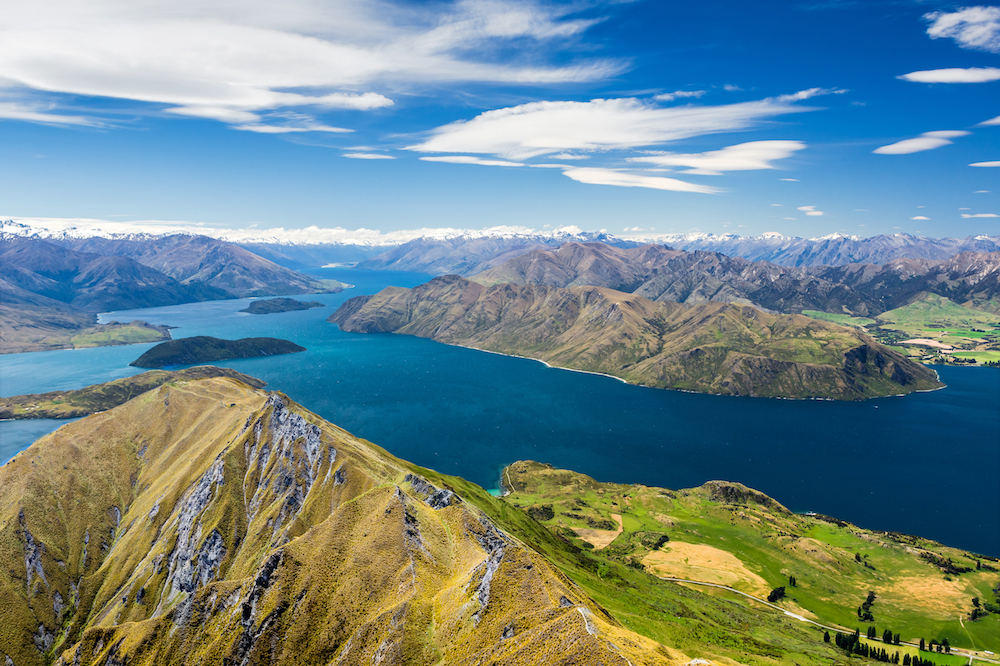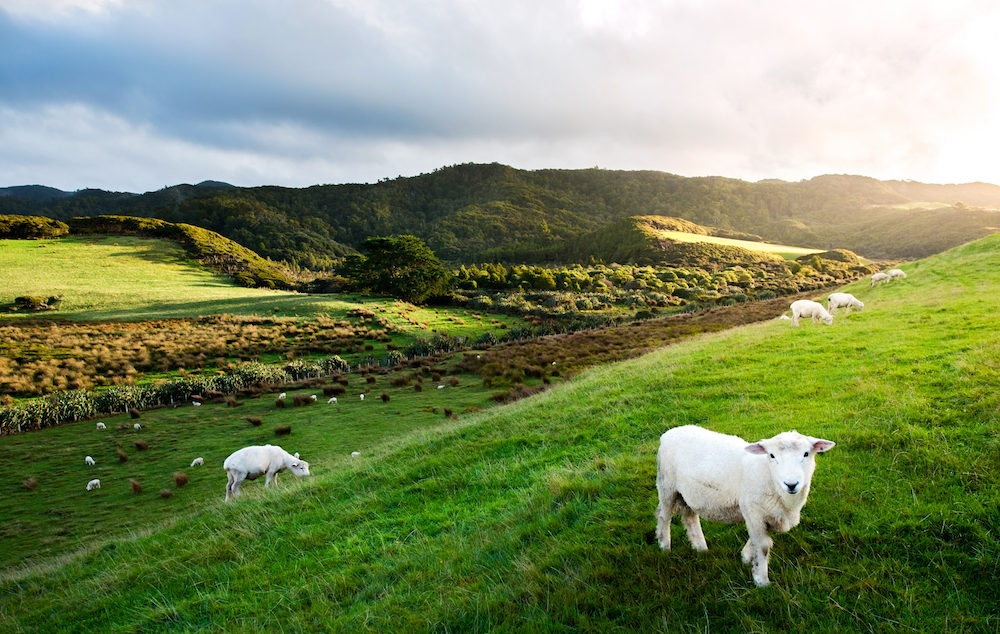Oral and Traditional History Project with Te Waimate Taiamai Alliance
Project Description and Objectives
The objective of this project was to collect, clarify and present the oral history in a technical report supporting research from written collections regarding the Te Waimate/Taiamai areas of Northland. The Mira Szászy Research Centre at The University of Auckland, was commissioned to present evidence to support claims to support claims to be made before the Waitangi Tribunal on behalf of claimant groups of Ngā Puhi, North Auckland. This work followed a technical report prepared for claimant groups of Ngā Puhi, North Auckland. “He Whenua Rangatira” Northern Tribal Landscape Overview (Hokianga, Whangaroa, Bay of Islands, Whāngārei, Mahurangi and Gulf Islands). The purpose of the Tribal Landscape Overview was to consider to consider patterns of occupation, right-holding and hapū/iwi relationships and interaction in these districts in the Nineteenth Century. Final report was 760pp.
Findings
The process of managing these projects involved many huis (gatherings) to discuss findings and inform other hapu (sub tribes) within the iwi.1 We needed to work inclusively but work within the timelines to ensure the 511-page report was complete and covered all the material
Key Learnings
Settlement of the Treaty of Waitangi claims has been an ongoing process for years. While some claims are still under review, the process of gathering data from oral and traditional histories was informative and challenging. Managing the milestones leading to the compilation of this important report and being part of the engagement process, I learned much about northern Maori economic history and development and partnership with Maori. 265 words
References
- Hapu is kinship group, clan, tribe, subtribe - section of a large kinship group and the primary political unit in traditional Māori society. A number of related hapū usually shared adjacent territories forming a looser tribal federation (iwi).
- Accessed Maori Dictionary 25 May 2017



